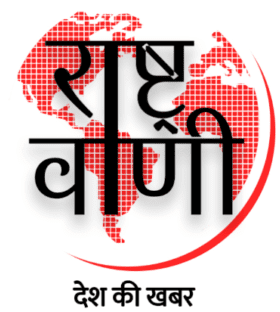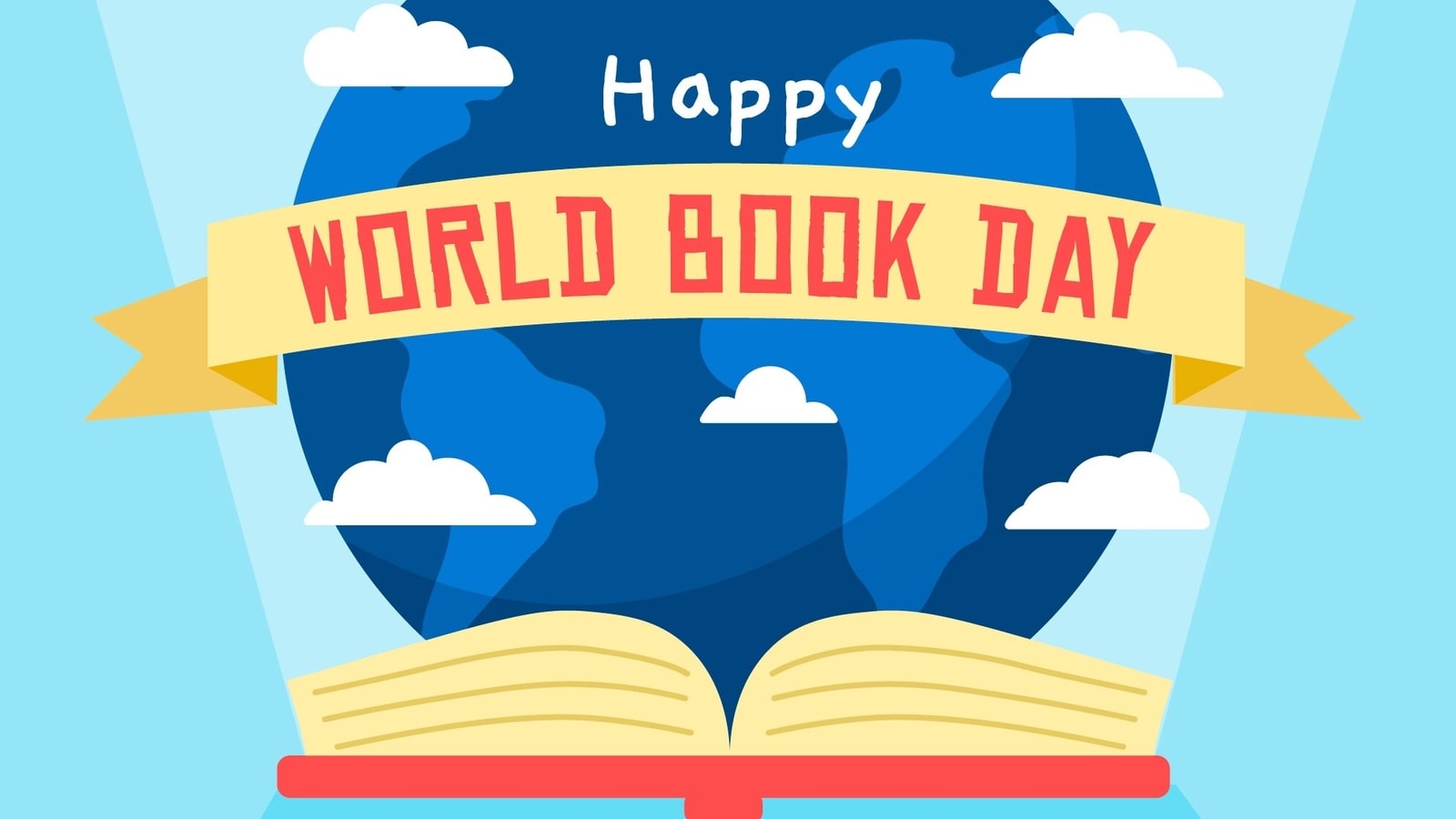
[ad_1]
Called the ‘Song of Songs’, 12th century Sanskrit poet Jayadeva’s Gita Govinda has been translated into many languages worldwide, including English, German and even Latin, along with many classical dance versions. Eight centuries after it was written, the epic poem is now ready for another journey across the world, this time to highlight the contemporary relevance of its ideas of gender equality, mental health and sustainability.

“Gita Govinda is not mythology. It is a love story like William Shakespeare’s Romeo and Juliet,” says Lucknow-born Kathak dancer and choreographer Pali Chandra, who launched her Gita Govinda Global Tour from Sawantwadi in Sindhudurg district of Maharashtra on February 24.
Set in Vrindavan, the epic tells the story of the relationship between Krishna and Radha and her female cow-herder friends, told in 24 prabandhas or discourse. The poem was the only work Jayadeva wrote during his entire career in the ancient Kalinga, now Odisha.
“One aspect of the poem is its divine purpose. Another is of human relationship,” explains Chandra, the artistic director and co-founder of Gurukul Dubai, a Kathak dance organisation in the Middle East aimed at promoting the practice, understanding and appreciation of Indian art abroad.
“If we can consider Radha and Krishna as human beings, then we can learn more from them,” says Chandra, who has spent five years researching several translations and interpretations of the text of the poem to bring it closer to a global audience.

Gita Govinda Global Tour will have performances, workshops and lecture demonstrations. While the Sindhudurg launch of the tour was followed by workshops in Berlin, Germany and Basel, Switzerland, upcoming destinations include the Middle East, Europe and the United States in May-June this year.
One of Chandra’s interpretations of the poem is the message of the need to seek help for mental health ingrained in prabandh nine which contains one of the most famous songs of the epic, sarasama sruna mapi malayaja pankam/pasyati vishamiva vapushi sashankam/radhika krishna radhika/tava virahe kesava (In separation from Krishna, Radha looks upon the moist, smooth sandalwood paste smeared on her body which feels like poison).

“The beauty of this song is that Radha’s sakhi has observed her deep suffering due to separation from Krishna. This prabandh shows how friends are important in life and the correct person will help you in the right way. So do not hesitate to seek help,” says Chandra explaining the song’s importance in dealing with mental health.
“The poet talks clearly about biodiversity and the symbiotic relationships between our flora and fauna in prabandh three — sphuradati mukta lata pari rambhana, mukulita pulakita chute/vrundavana vipine parisara, parigata yamuna jala pute, Radhe viharati haririha (The mango trees in the forest groves of Vrindavana are covered with freshly sprouted buds because they are thrilled by the embrace of the restless madhavi creepers. Srihari is affectionately playing with gopis in the pure water of the Yamuna that flows alongside those forest groves),” says Chandra, who learned Kathak from the late Guru Vikram Singh, Ram Mohan Misra and Kapila Raj of the Uttar Pradesh Sangeet Natak Akademi, Lucknow.
Another aspect Chandra finds important in the epic’s modern-day relevance is gender equality and respect spelled out in the song, smara garala ghadanam mama shirasi mandanam dehi pada pallavam udaram/jvalati mayi daruno madana-kadananalo haratu tad upahita vikaram priye charushile (My beloved! Offer the fresh buds of your enchanting feet as an ornament upon my head, so the devastating effect of Cupid’s poison may be alleviated and the harsh fire of amorous desires may also be relieved).
“Krishna always treated Radha with respect. He asks her to order him to do things like painting her feet. He asks her to put her feet on his head as that is the most precious ornament he can get. He follows her instructions on how she wants to be loved. This speaks a lot on giving the woman control over how she wants to be treated,” explains Chandra. “There is an element of seeking consent in every step.”

According to Chandra, the readiness of Krishna to accept his mistakes stands out in the song: tvamasi mama jivanam, tvamasi mama bhushanam tvamasi mama bhava-jaladhi-ratnam/bhavatu bhavatiha mayi, satatam anurodhini tatra mama hrudayam ati yatnam, priye charushile (You are my only ornament. You are my very life. You are the jewel in the ocean of my existence. Always remain favourably disposed to me – my heart wishes only that).
“Every temple in the country sings Gita Govinda every day. It is important for contemporary society to understand its meaning,” says Chandra, who launched a digital composition of Gita Govinda in Kathak in August last year in collaboration with NatyaSutraOnline, an initiative to preserve the rich artistic and cultural heritage of India. Filmed in locations near Thiruvananthapuram in Kerala, the complete Kathak performance of the epic for a global digital audience, mainly students learning Indian classical dance, contains all 24 prabandhs with a prelude and final dance performance for each.

“The background of the story is described with an introductory shloka and each prabandh accompanies introductions, explanations, videos and step-by-step movement tutorials. The duration depends on the complexity of the content and the choreographic expectation from the student,” says Chandra.
[ad_2]
Source link








